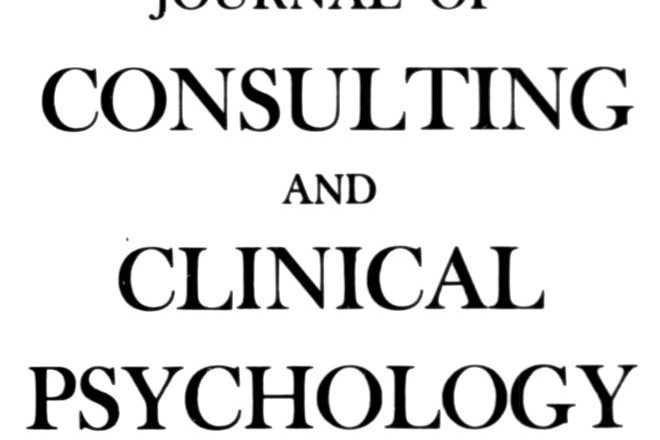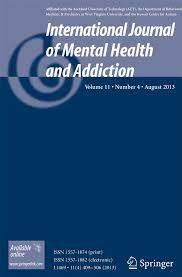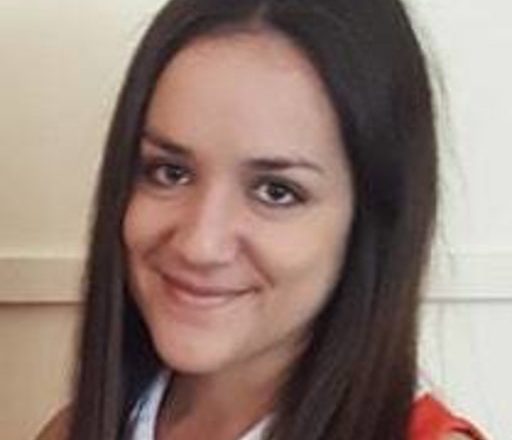New psychology study sheds light on music’s role in maladaptive daydreaming
New article by PsyPost
Music served not only as a background to these daydreams but also as a trigger that could spontaneously initiate the daydreaming process. This finding is particularly noteworthy, as it highlights the automatic and sometimes uncontrollable nature of maladaptive daydreaming in response to musical stimuli.
“For some with maladaptive daydreaming, music is an unavoidable trigger that compromises their sense of control or agency over when they slide into excessive, interfering daydreaming,” Somer explained. “This suggests a concerning addictive or dependent relationship.”
New psychology study sheds light on music's role in maladaptive daydreaming (psypost.org)
To read the full article click HERE









